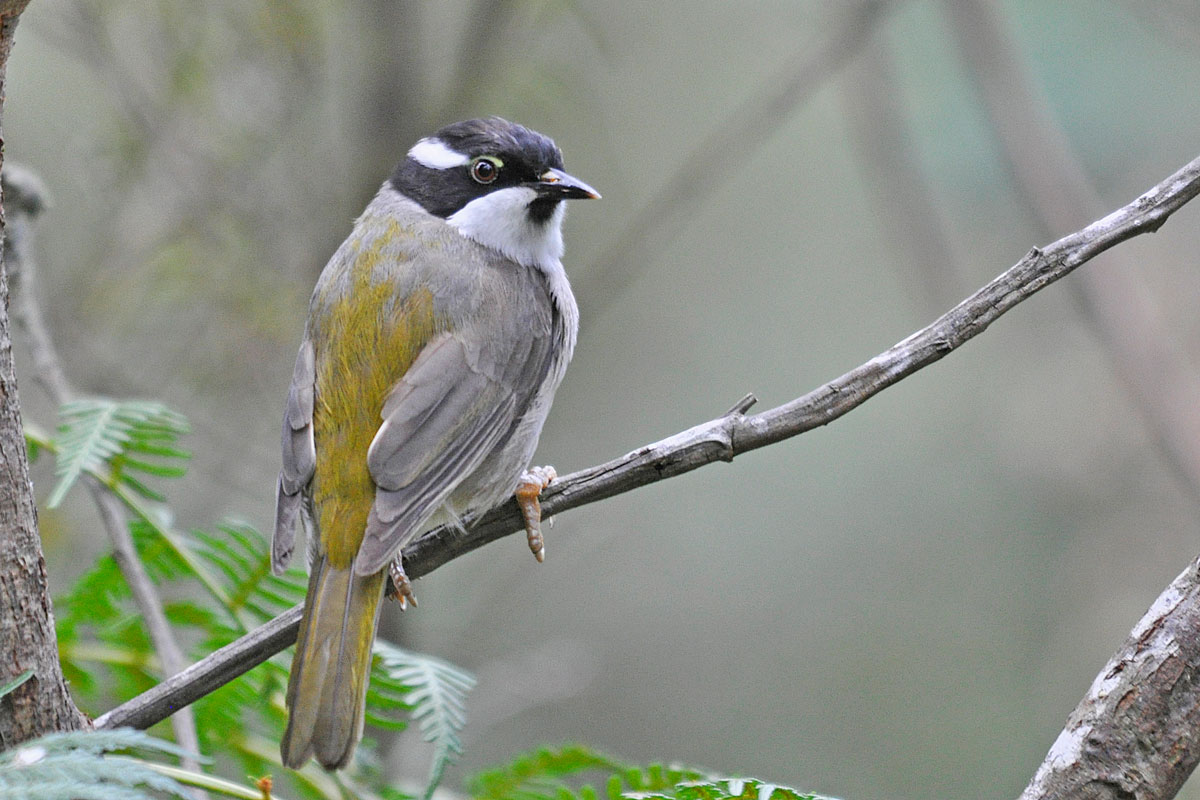
3 minute read
Walk on the wild side
By Andrew Walter, BirdLife Tasmania volunteer
The Hobart area is well placed to observe local and interstate migratory birds.
Altitudinal migrants spend summer in the higher parts of the Tasmanian landscape, for example on kunanyi/Mt Wellington, and then move to lower altitudes in the cold, windy winter months. Birds that do this include the eastern spinebill and flame robin.
There are also some Australian mainland birds that migrate across Bass Strait to breed and spend the summer months in Tasmania before returning to the mainland in late summer/autumn. These migratory birds include the striated pardalote, black-faced cuckooshrike (both common), satin flycatcher (uncommon) and the swift parrot (very rare).
Hobart and birds
Alpine heathlands, a mosaic of lower altitude eucalypt forests, parkland, calm-water coastal environments and several water storages attract and support different bird species across Hobart. The walks covered in the new Hobart Bird Walks brochure include several types of habitat, enabling bird watchers to see the greatest range of birdlife.

Birdwatching etiquette
BirdLife Tasmania encourages behaviour that respects the wellbeing of birds, does not disrupt bird behaviour or activities, and protects bird habitats. If birds are reacting to your presence, you may be disturbing them and taking them away from nests and young or reducing their time for foraging or breeding.
Move away and observe or photograph from a distance. These guidelines apply to watching birds anywhere and anytime, bird photography, beach-going and other activities.
What you can do: Citizen science
BirdLife Tasmania encourages people to record their bird observations in the national bird database (Birdata) to assist in bird conservation and the management of Australia’s native birds.
Please visit birdata.birdlife.org.au for more information.
BirdLife Australia supports a Birds in Backyards program that focuses on the birds that live where people live. This program is a great way to learn about your local birds and more information can be found at birdsinbackyards.net.
HOBART BIRD CHECKLIST
Shore/Wetland/Waterbody species
Endemic bird species are marked E
Australian pelican
Australian pied oystercatcher
Australian wood duck
Black swan
Black-faced cormorant
Chestnut teal
Crested tern
Eurasian coot
Great cormorant
Hoary-headed grebe
Kelp gull
Little pied cormorant
Masked lapwing
Pacific black duck
Pacific gull
Silver gull
Sooty oystercatcher
Tasmanian native hen (E)
Welcome swallow
White-faced heron
Heathlands/Woodlands/Forest species
E = Endemic S = Summer migrant I = Introduced
Australian magpie
Beautiful firetail
Black currawong (E)
Black-faced cuckoo-shrike (S)
Black-headed honeyeater (E)
Brown goshawk
Brush bronzewing
Common bronzewing
Crescent honeyeater
Dusky robin (E)
Dusky woodswallow (S)
Eastern rosella
Eastern spinebill
Fan-tailed cuckoo (S)
Flame robin
Galah (I)
Golden whistler
Green rosella (E)
Grey butcherbird
Grey currawong
Grey fantail
Grey (white) goshawk
Grey shrike-thrush
Laughing kookaburra (I)
Little wattlebird
New Holland honeyeater
Noisy miner
Olive whistler
Pallid cuckoo (S)
Pink robin
Rainbow lorikeet (I)
Satin flycatcher (S)
Scarlet robin
Scrubtit (E)
Shining bronze-cuckoo (S)
Silvereye
Spotted pardalote
Striated pardalote
Strong-billed honeyeater (E)
Swift parrot (S)
Sulphur-crested cockatoo
Superb fairy-wren
Tasmanian scrubwren (E)
Tasmanian thornbill (E)
Tawny frogmouth
Tree martin (S)
Wedge-tailed eagle
White-bellied sea-eagle
Yellow wattlebird (E)
Yellow-throated honeyeater (E)
Yellow-tailed black-cockatoo







